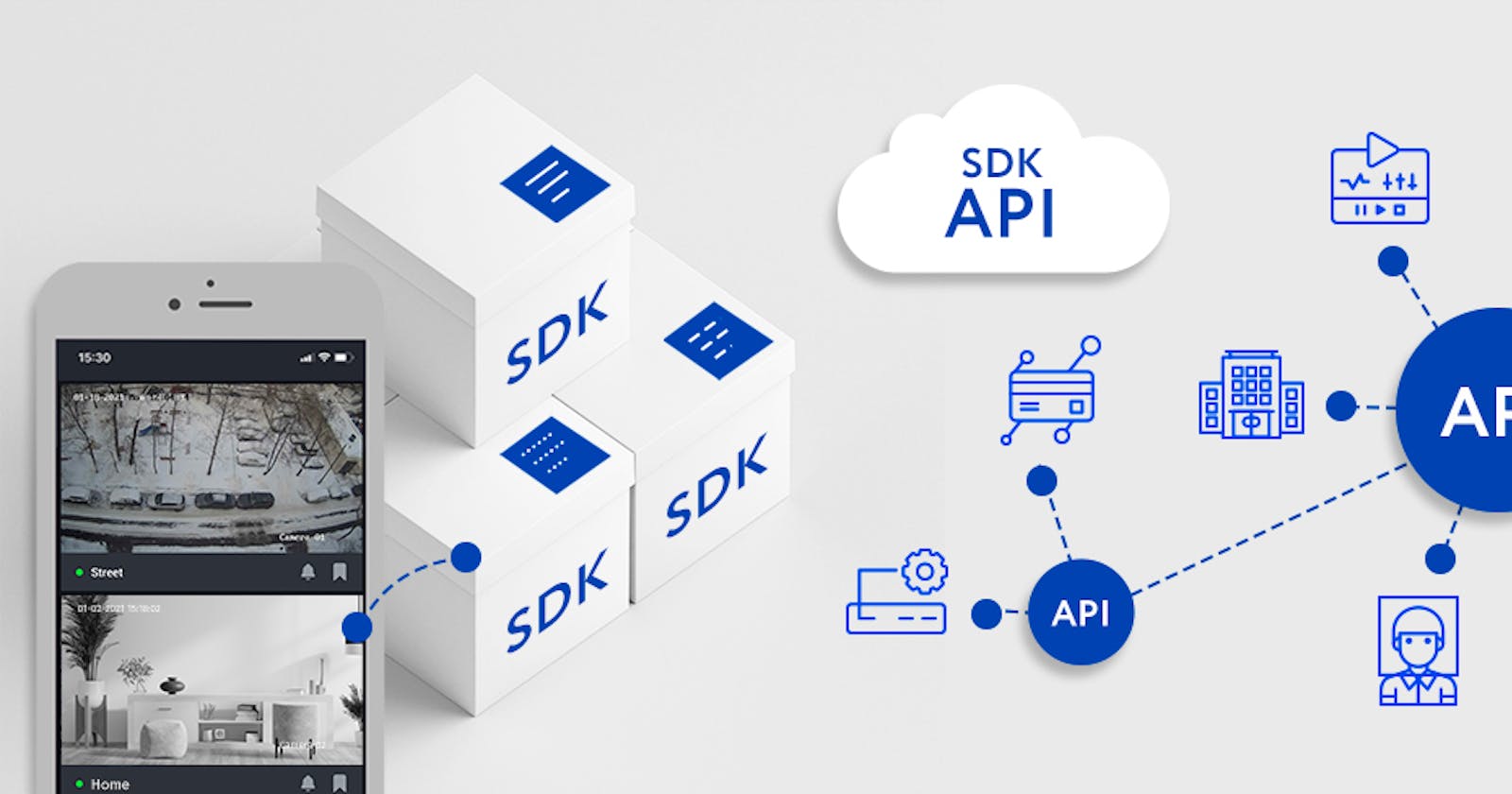Table of contents
No headings in the article.
Introduction
In today's interconnected world, where software applications collaborate and share resources, APIs play a pivotal role. They enable different applications to communicate and exchange data efficiently. Alongside APIs, Software Development Kits (SDKs) provide developers with powerful tools to integrate APIs seamlessly and expedite application development. In this blog, we will explore the concepts of APIs and SDKs, their functionalities, and how they work together to empower developers.
Understanding API
APIs, or Application Programming Interfaces, are sets of rules and protocols that facilitate communication between software applications. Think of them as bridges that allow different systems to interact and exchange information. APIs define the methods, data formats, and conventions that applications should follow when requesting or sharing data.
Working of APIs
APIs operate on a request-response model. When a developer wants to access data or perform an action provided by an API, they send a request containing specific parameters and authentication details to the API. The API processes the request, performs the necessary operations, and generates a response, which is then sent back to the requesting application. Commonly, APIs utilize the HTTP protocol to enable seamless communication over the internet, using methods such as GET, POST, PUT, and DELETE.
Unveiling SDKs
SDKs, or Software Development Kits, are comprehensive sets of tools, libraries, documentation, and sample code provided by platforms or services. They aim to simplify the integration of APIs into applications and expedite the development process.
How SDKs work
SDKs act as development toolkits, abstracting the complexity of working directly with APIs. They provide pre-built functions, classes, and modules that encapsulate API calls, handle data formatting, authentication, and error handling. By utilizing SDKs, developers can focus on leveraging the API's features rather than dealing with low-level implementation details.
Benefits of SDKs
SDKs offer several advantages for developers. Firstly, they save valuable time and effort by eliminating the need to write repetitive and boilerplate code for API communication. With SDKs, developers can quickly integrate the API into their applications using the ready-made components. SDKs also promote consistency by providing standardized methods and structures, ensuring adherence to best practices across applications.
Moreover, SDKs include comprehensive documentation and sample code, serving as valuable resources for developers. They offer guidance on effective SDK usage, API capabilities, and troubleshooting common issues. By leveraging SDKs, developers can accelerate the development process, maximize the potential of APIs, and ensure a smooth integration experience.
Conclusion
In today's interconnected digital landscape, APIs and SDKs play vital roles in enabling seamless integration and efficient application development. APIs provide the means for applications to communicate and share data, while SDKs simplify the integration process by abstracting complexity and providing valuable resources. Understanding the relationship between APIs and SDKs empowers developers to leverage their functionalities and build powerful applications that harness the capabilities of external services and platforms.
